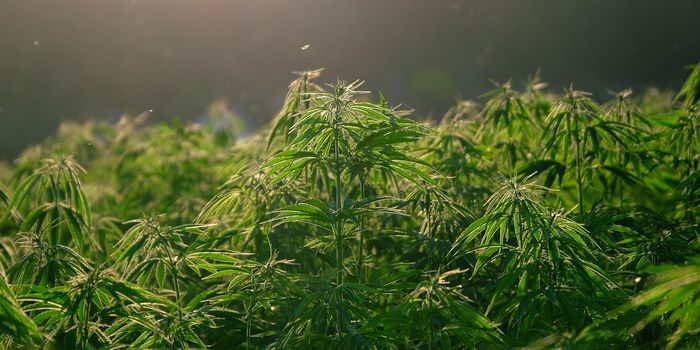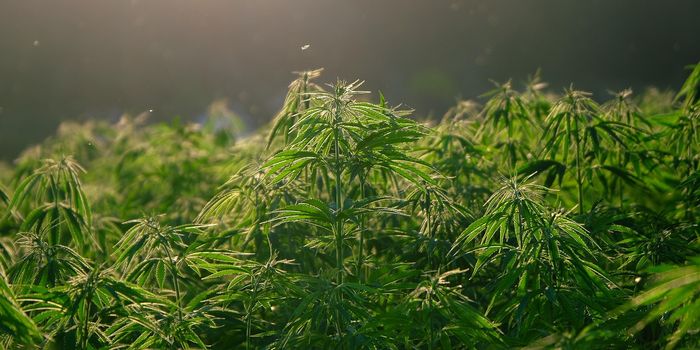Cannabis Use Disorder Higher Among Non-College Young Adults in Legalized States, Reports Oregon State University
A recent study published in the American Journal of Preventive Medicine examines the rise in both cannabis use and the corresponding cannabis use disorder (CUD) among young adults not enrolled in college compared to college-enrolled young adults in states where cannabis is now legal. The study was led by Oregon State University (OSU) and holds the potential to help better understand how cannabis legalization impacts the demographics of young adults.
For the study, the researchers analyzed cross-sectional data obtained from the National Survey on Drug Use and Health between 2008-2910 from participants aged 18 to 23 who were surveyed regarding their alcohol and drug usage.
“It might surprise people that research has been mixed on whether young adults’ cannabis use has increased since legalization,” said Dr. David Kerr, who is a psychology professor in OSU’s College of Liberal Arts, and lead author of the study. “Our results show that prior to legalization, 23% of non-college young adults used cannabis in the past month, compared with 28% after legalization.”
Additionally, the study’s findings indicated only a 1 percent increase in past-month cannabis use for college-enrolled young adults since legalization, from 20 to 21 percent, with CUD for college-enrolled young adults remaining at 10 percent but increasing from 12 to 15 percent for non-college young adults.
“Our research doesn’t address why these changes are occurring, but if you’ve been to a state that has legalized recreational cannabis use, you’ll notice the drug is widely available and prominently advertised. Americans’ beliefs about the benefits and harms of cannabis use are also changing rapidly,” said Dr. Kerr.
It was also found that frequent cannabis use—or using cannabis at least 20 times a month—remained at 7 percent among college-enrolled young adults after legalization but increased from 12 to 14 percent for non-college young adults. To break down the ages further, the findings indicated an increase in cannabis use from 21 to 26 percent for ages 21 to 23 but only increased 22 to 23 percent for ages 18 to 20.
“That’s consistent with our prior work, that cannabis use increased more among the people who could legally buy it and use it,” said Dr. Kerr. “It suggests that the law provisions requiring people to be at least 21 are at least somewhat effective.”
It’s important to note that frequent cannabis use differs from CUD since users can control their cannabis use, whereas CUD indicates users cannot stop using cannabis despite causing harm to their life or work obligations.
The researchers call for additional prevention efforts towards non-college young adults, preferably before they turn 21 years of age.
What new discoveries will researchers make about cannabis legalization and cannabis use in the coming years and decades? Only time will tell, and this is why we science!
As always, keep doing science & keep looking up!
Sources: American Journal of Preventive Medicine, EurekAlert!, Centers for Disease Control and Prevention, Oregon State University








